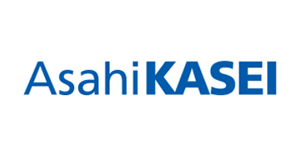Investment Casting Sand A Crucial Component in Precision Casting
Investment casting, often referred to as lost-wax casting, is a widely used manufacturing process for creating precise and complex metal parts. One of the key elements that influence the quality and accuracy of investment casting is the type of sand utilized in the process. Investment casting sand plays a pivotal role in mold making, ensuring that the final product meets strict specifications while maintaining structural integrity.
The primary function of investment casting sand is to create a mold that can withstand the high temperatures of molten metal during the casting process
. This sand must possess specific characteristics, including high thermal stability, low thermal expansion, and the ability to produce fine surface finishes. The most common types of sand used in investment casting are silica sand and zircon sand, each offering distinct advantages for different applications.Silica sand is favored for its excellent availability and cost-effectiveness. It has high melting points and can withstand the extreme temperatures encountered during casting. However, its thermal expansion properties must be carefully managed to minimize defects, such as cracking or warping, in the final product. To enhance the performance of silica sand, various additives and bonding agents are often included to improve its cohesiveness and thermal resilience.
investment casting sand

Zircon sand, on the other hand, is known for its superior thermal properties and lower expansion rates. This makes it an ideal choice for producing high-precision components in industries where tolerances are stringent, such as aerospace and automotive manufacturing. Although zircon sand is more expensive than silica sand, its ability to produce high-quality molds often justifies the investment.
In addition to the choice of sand, the preparation process is crucial in investment casting. Properly processing the sand involves mixing it with a binder and curing agents to ensure optimal mold strength. This preparation ultimately impacts the dimensional accuracy and surface quality of the casted parts. Techniques such as vibration and compaction are employed to achieve uniform density and minimize defects.
Another consideration in investment casting sand is its reusability. Efficient sand management practices allow manufacturers to recycle used sand, reducing waste and lowering production costs. Innovations in sand reclaiming technologies have made it easier to process and reuse sand without compromising quality.
In conclusion, investment casting sand is an essential element in the investment casting process, significantly impacting the quality of the final product. By selecting the right type of sand and employing effective preparation methods, manufacturers can achieve highly precise and durable components, meeting the demands of modern engineering applications. The ongoing advancements in casting technology continue to enhance the capabilities and applications of investment casting, further solidifying its importance in various industries.
Post time:Նյմ . 15, 2024 12:56
Next:types of sand in foundry
